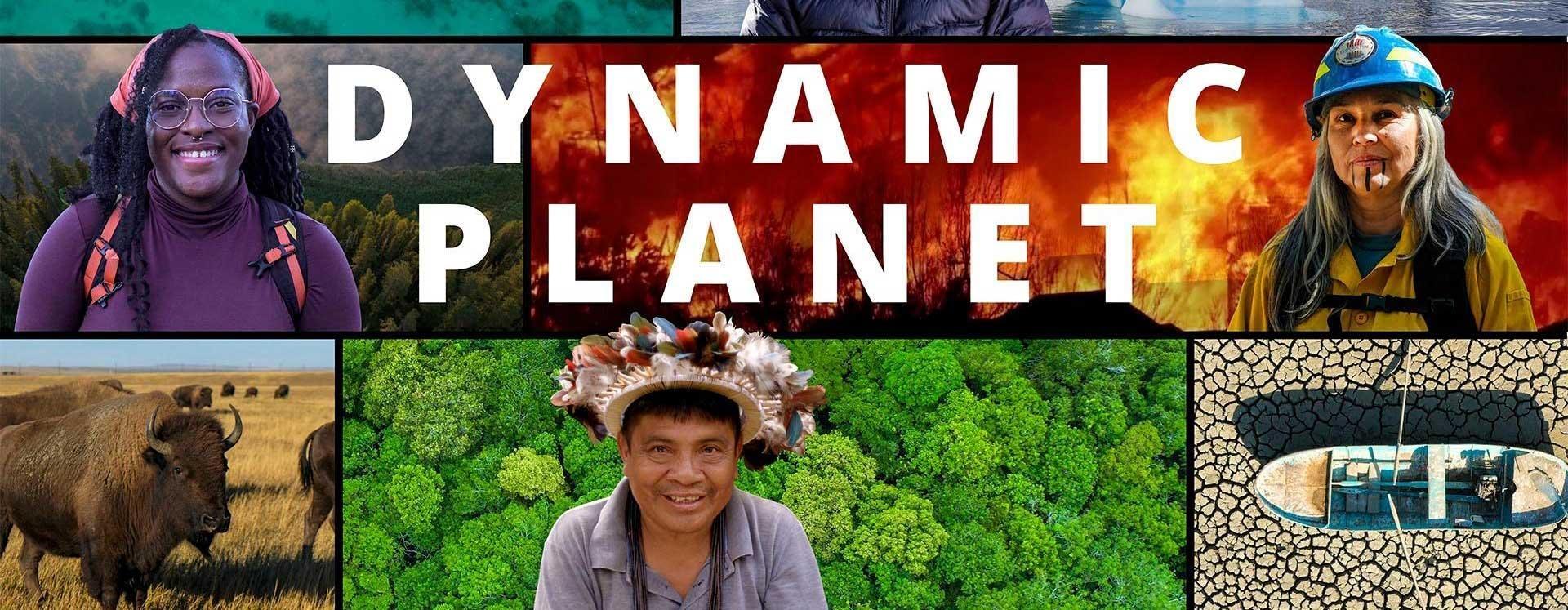Episode Guide
Ice
An extraordinary team of global experts journey from the frozen polar oceans of Antarctica and the Arctic to the vast plateaus and soaring peaks of the Himalayas, documenting how melting icescapes are changing human and animal life. Researchers get up close to seals and humpback whales to understand how nature is adapting. Polar bears adjust to a life with less ice as they hunt beluga whales from the shorelines, captured for the first time on film. An Inuit seal hunter in Greenland navigates his dogsled over thinning ice, Tibetan yak herders move their animals higher up the mountain into snow leopard territory to find food, and in Ladakh, India, where glaciers retreat, village engineers construct an ice mountain 90 feet tall to store water for their spring crops.
Fire
Global heating is having an impact, from record heatwaves and forest fires to droughts, increased migration, and human-animal conflict. Firefighters in Colorado are learning to cope with longer and hotter fire seasons, while California’s Yurok tribe practices traditional prescribed burns to make forests safer against future fires. Scientists reveal an unexpected ally in fighting wildfires—beavers—whose damming activities help protect the environment and make it more fire resilient. In Canada, researchers have a new weapon against the devastating mountain pine beetle: hacking its communication system to help infested trees survive. In Namibia, a woman whose uncle was killed by an elephant works to build a future in which humans and elephants can peacefully co-exist. The challenges are significant. But across the globe, extraordinary people facing climate change are working to find answers, heal broken systems, and support nature as it creates its own solutions.
Water
As the world warms, oceans are changing, with far-reaching consequences for the lives they contain and the people who rely upon them. Marine biologists, climate scientists, Indigenous knowledge holders, conservationists and city planners are embarking on urgent voyages of discovery to understand how our oceans are changing and undertaking ambitious projects to protect what’s most at threat. City planners in Miami cope with flooding caused by sea-level rise and Florida’s Key Deer are isolated on low-lying islands with nowhere to go. Sea turtle guardians in Mexico rescue baby turtles from the effects of climate change, since hotter temperatures mean more females are born than males. In New Zealand, a Maori whale rider passes down her ancestral knowledge, teaching young students how to observe the health of an entire ecosystem. In Australia’s Great Barrier Reef, scientists undertake a rescue mission to collect specimens of all coral species and conserve them in a biobank.
Earth
As Earth’s climate changes, once-stable natural systems are being thrown into chaos, indications that the natural world is out of balance. In South Africa, locusts plague new areas, devouring everything in sight. Permafrost is thawing in Alaska, releasing the dangerous greenhouse gas methane into the atmosphere. Leopard seals in Antarctica, who once hunted other ice-dwelling seals, now prey on fur seals since the summer ice has melted away. But Indigenous people—who make up less than 5% of Earth’s population but protect 80% of its biodiversity—are healing their homelands, creating resilience, and supporting nature as it finds its own solution. In Montana, the Blackfeet are bringing back the buffalo, revitalizing the landscape and making it more resistant to climate change. In Brazil, a farmer replants deforested land with organic cacao, restoring biodiversity and making the area more resilient to climate change. Monarch butterflies begin their epic journey in a New York City sanctuary and find shelter 3,000 miles away in a Mexican town that protects the only trees in which the butterflies will rest.




